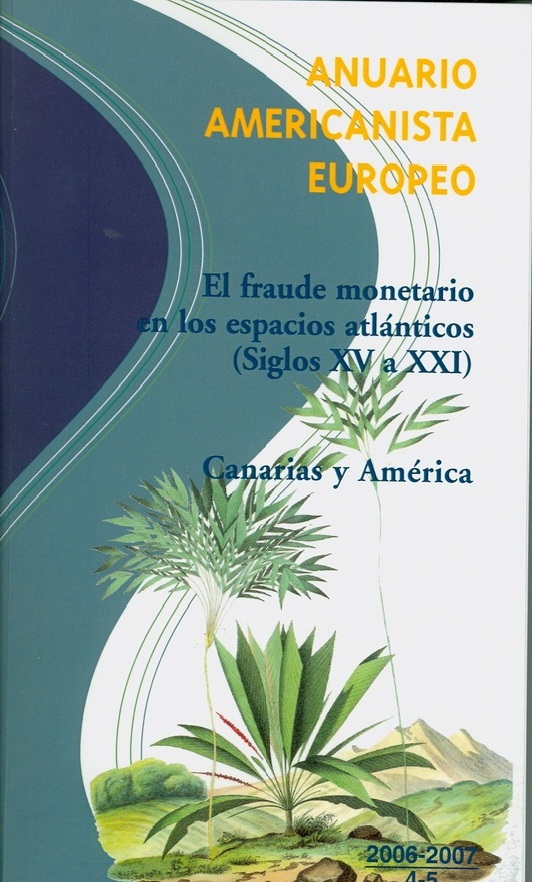¡ No ! , Pablo Larraín : historical and political context
¡ No ! , Pablo Larraín : éléments de contextualisation historique et politique
Résumé
This article looks in depth at the historical and political context of General Augusto Pinochet's dictatorship in Chile, from its inception to its effective end in 1990. Naturally, the focus will be on 1988, which serves as the historical backdrop for Pablo Larraín's film ¡No! A broader overview of the historical situation will provide a better understanding of the Chilean people's opposition to the right in the referendum of October 1988. This overview will take us back over a succession of events, essentially political, but also economic and social, that will help us to understand the transformation from an authoritarian and ultra-violent political model to one of transition to democracy. An uninformed viewer might be tempted to believe that the victory of the No side in the referendum was essentially due to the audacious ideas of an attractive advertising executive, characterised by his youth and boldness, a spokesman in spite of himself for an oppressed people. However, the heady jingle that punctuates the film and imposes itself as both a message of hope and an apparently peaceful opposition to the political and military authorities is far from being the decisive element in the victory of the No side in the referendum. From a historical perspective rooted in the international context of the Cold War, we will analyse the mechanisms of change in the Chilean political system, whose key players were the Armed Forces and their most obvious incarnation, General Augusto Pinochet. How and why did the 1988 elections overcome the political violence that had increased since the 1973 coup d'état?
Cet article entend approfondir le contexte historique et politique de la dictature du général Augusto Pinochet au Chili, depuis sa mise en place jusqu'à son terme effectif en 1990. Nous nous attarderons bien évidemment sur l'année 1988 qui sert de toile de fond historique au film de Pablo Larraín, ¡No! Un panorama plus vaste de la situation historique permettra de mieux comprendre l'opposition du peuple chilien à la droite, lors du référendum d'octobre 1988. Ce panorama nous amènera à revenir sur une succession d'événements essentiellement politiques, mais aussi économiques et sociaux, qui aideront à appréhender la transformation d'un modèle politique autoritaire et ultra violent à celui d'une transition vers la démocratie. Un spectateur peu averti pourrait en effet être tenté de croire que la victoire du Non au référendum est essentiellement due aux idées audacieuses d'un séduisant publicitaire, caractérisé par sa jeunesse et sa témérité, porte-parole malgré lui d'un peuple opprimé. Or l'entêtant jingle qui ponctue le film et s'impose à la fois comme un message d'espoir et une opposition apparemment pacifique à l'autorité politico-militaire n'est pas l'élément décisif, loin s'en faut, d'une victoire du Non au référendum. A travers une perspective historique qui s'ancre dans le contexte international de la Guerre Froide, nous analyserons les mécanismes de mutation d'un système politique chilien dont l'acteur essentiel sont les Forces Armées, et son incarnation la plus manifeste, le général Augusto Pinochet. Comment et pourquoi la tenue du scrutin de 1988 a-t-elle eu raison d'une violence politique accrue depuis le coup d'état de 1973 ?
| Origine | Fichiers produits par l'(les) auteur(s) |
|---|

